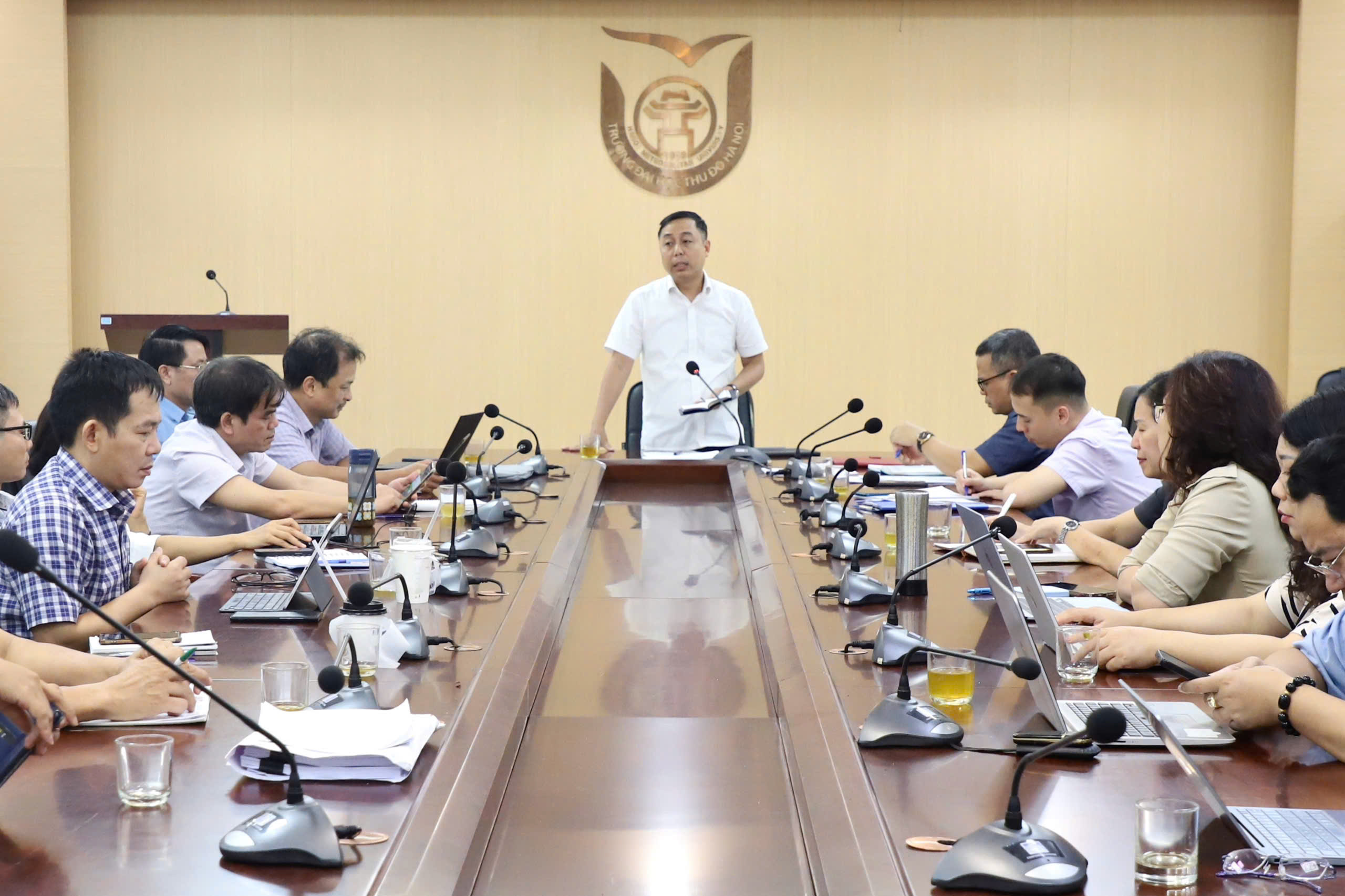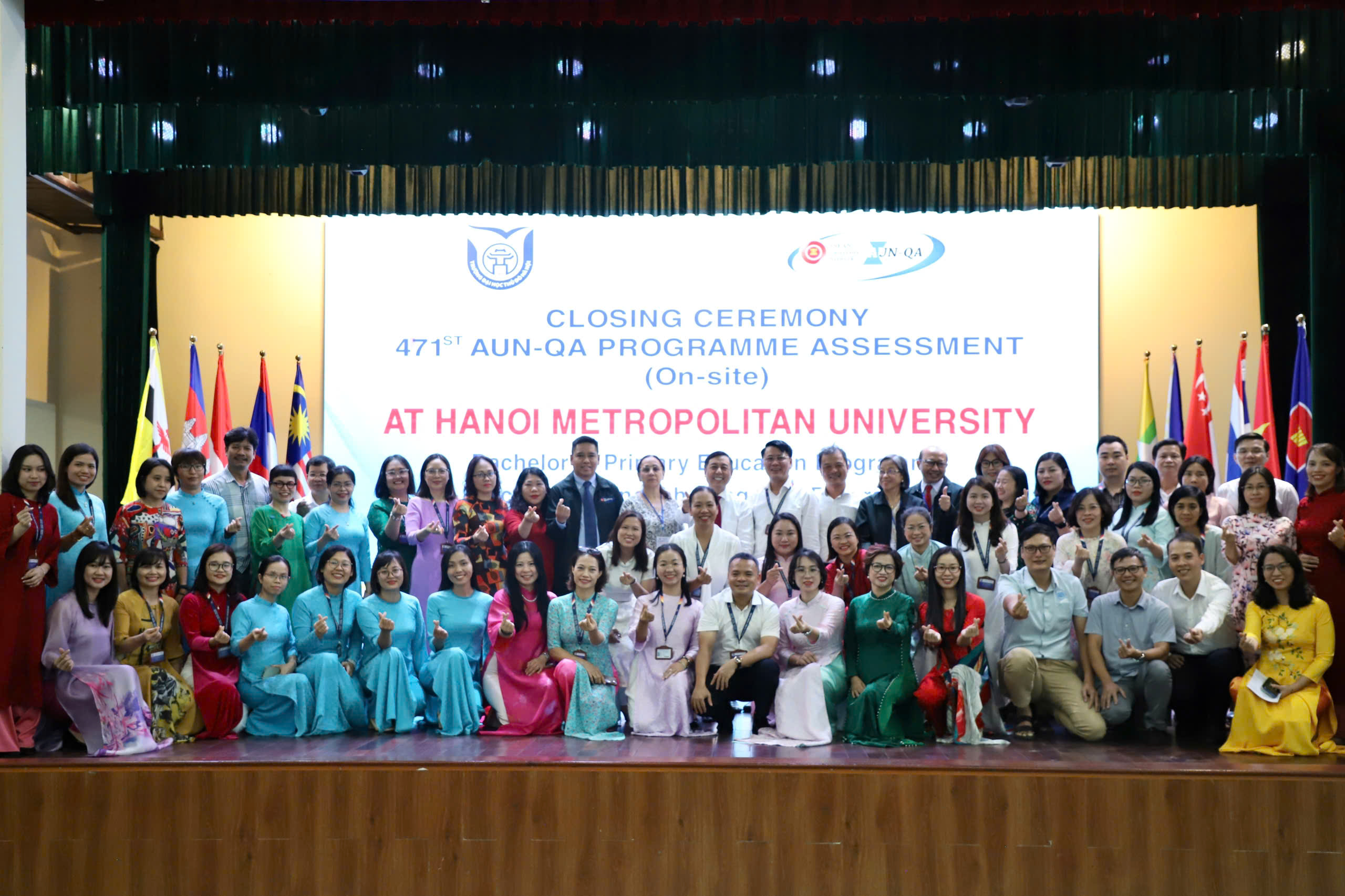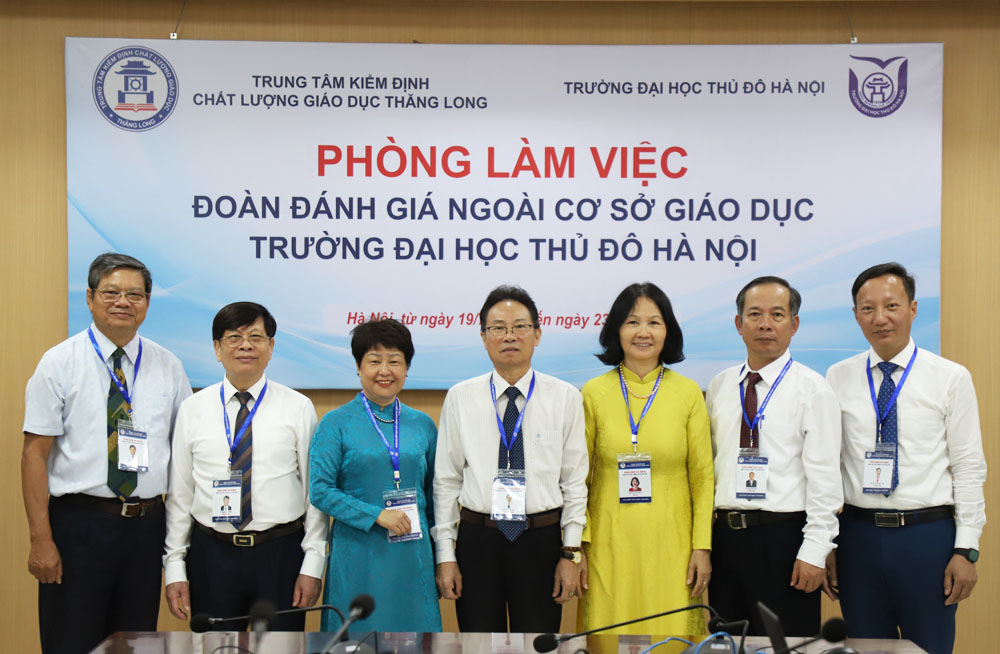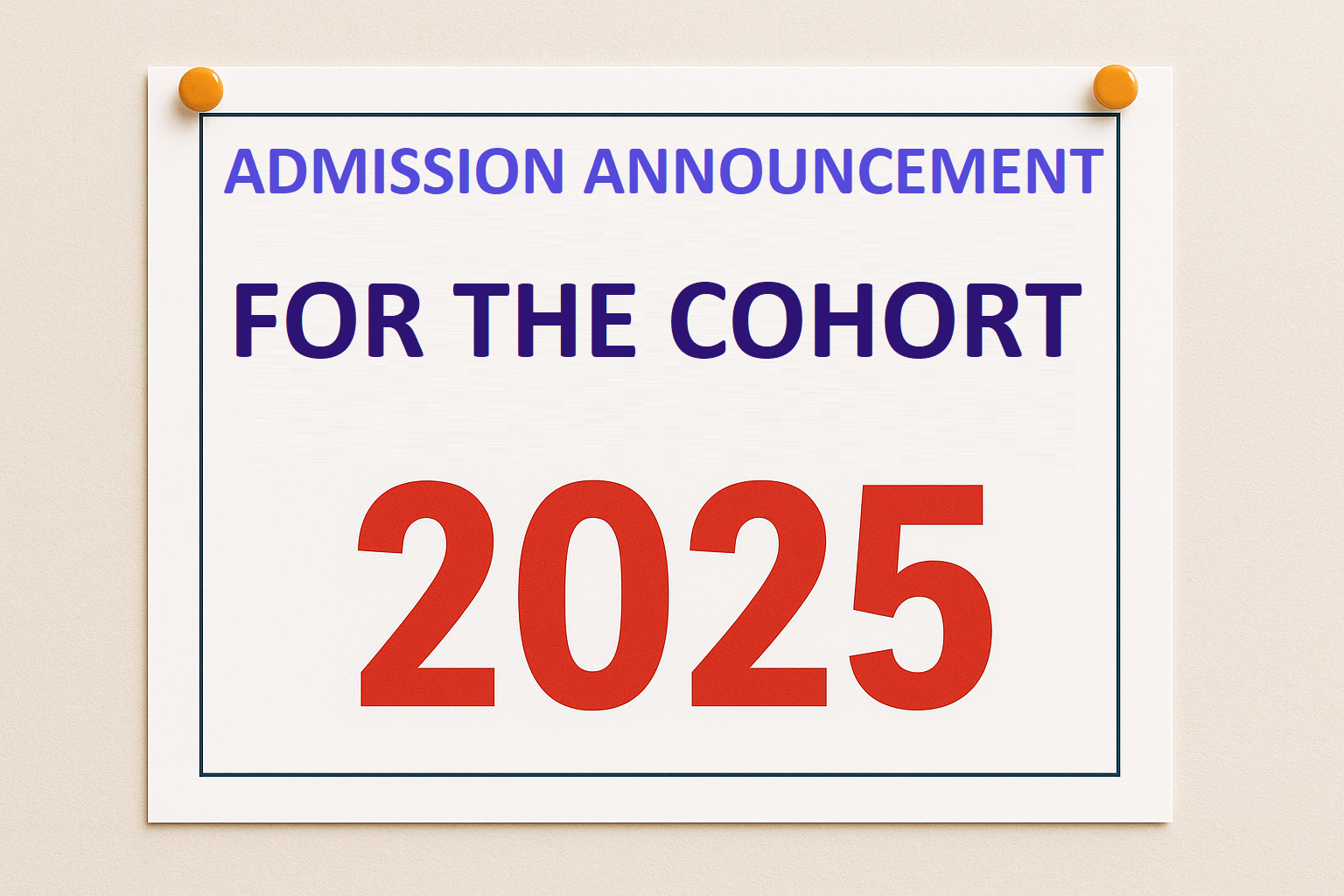Three Aspects of Public Disclosure on Education Quality Assurance
THREE AREAS OF PUBLIC DISCLOSURE ON EDUCATION AND TRAINING QUALITY OF HANOI METROPOLITAN UNIVERSITY :
Public Disclosure of Education Quality for the 2016–2017 Academic Year
Public Disclosure of Education Quality for the 2017–2018 Academic Year
Public Disclosure of Education Quality for the 2018–2019 Academic Year
Public Disclosure of Education Quality for the 2019–2020 Academic Year
Public Disclosure of Education Quality for the 2020–2021 Academic Year
Public Disclosure of Education Quality for the 2021–2022 Academic Year
Public Disclosure of Education Quality for the 2022–2023 Academic Year
Public Disclosure of Education Quality for the 2023–2024 Academic Year
Public Disclosure of Education Quality for the 2024–2025 Academic Year
This is a dedicated page providing information on the implementation of the Regulation on Transparency for educational institutions within the national education system, in accordance with Circular No. 09/2009/TT-BGDĐT dated May 7, 2009, issued by the Minister of Education and Training. The required public disclosures include:
Content 1: Disclosure of commitments to education quality and actual education quality
a) Commitments to education quality: Admission criteria of the institution, academic programs offered, expectations for learners’ attitudes toward study, learning support activities, infrastructure and facilities, faculty and administrative staff, and the institution’s management methods. It also includes training objectives, expected knowledge, skills, foreign language proficiency, and employment positions upon graduation across different academic levels and majors.
b) Actual education quality: Number of students, learners, and research candidates at all training levels, systems, and disciplines, including classification based on graduation results, government/local/enterprise-sponsored students, employment rates, and the rate of graduates pursuing higher education within one year after graduation.
c) Course information for each cohort and discipline: Disclosure of lecturers, course objectives, content and teaching schedules, reference materials, and student assessment methods.
d) Textbooks and reference materials developed by the institution: Disclosure of textbook titles (including e-textbooks), reference materials, year of publication, and development plans by discipline.
đ) Graduation projects, theses, and dissertations: Disclosure of titles, names of students and supervisors, and brief summaries of content at the undergraduate, master's, and doctoral levels.
e) Training programs commissioned by the government, local authorities, or businesses: Information on commissioning entities, quantity, duration, fields, academic levels, and training outcomes.
g) Scientific research, technology transfer, pilot production, and consultancy activities: Names of projects or research tasks, project leaders and team members, domestic and international partners, duration and funding, summaries of project outcomes and practical applications.
h) Conferences and seminars hosted by the institution: Topics, time and location, and number of participants.
i) Institutional and program accreditation: Education quality accreditation plans, self-assessment reports, external evaluation reports, and results of accreditation (whether standards were met).
Content 2: Disclosure of conditions for ensuring education quality
a) Infrastructure: Number and area of lecture halls, classrooms, labs, workshops, dormitories, sports facilities, and available training and experimental equipment.
b) Teaching, administrative, and support staff:
– Quantity and titles categorized by recruitment method and educational qualification.
– Faculty profiles: full name (with photo), age, teaching experience, academic rank, qualifications, scientific publications, teaching and research experience, national and international research activities, publications in domestic and international journals. Also includes supervised students (graduate and doctoral), research topics, and implementation timelines.
– Number of faculty, administrators, and staff receiving training or professional development; formats, content, levels, and duration of training during the current and upcoming two academic years.
Content 3: Disclosure of financial income and expenditure
a) Implemented as per points a, c, d, and đ of Clause 3, Article 4 of this Regulation.
b) Tuition fees and other fees for each academic year and for the entire course.
c) Revenue from training contracts, scientific research, technology transfer, production, consultancy, and other legal sources.
d) Scholarship policies and results of implementation in each academic year.
(Excerpt from Article 10, Regulation on Transparency for Educational Institutions)









